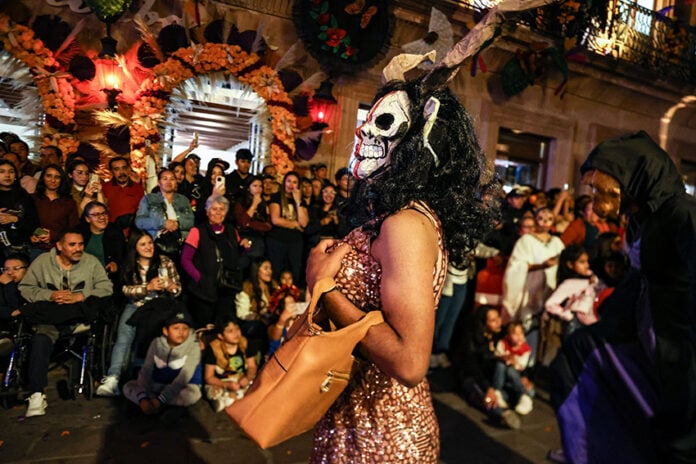From the National Palace and the streets of Mexico City to rural Oaxaca and a lake island in Michoacán, Mexicans paid respects to their deceased loved ones and honored death with traditional Day of the Dead celebrations over the weekend. The traditional festivities, which take place primarily on Nov. 1 and Nov. 2 each year, included home and public altars decked with marigolds, parades and other community events.
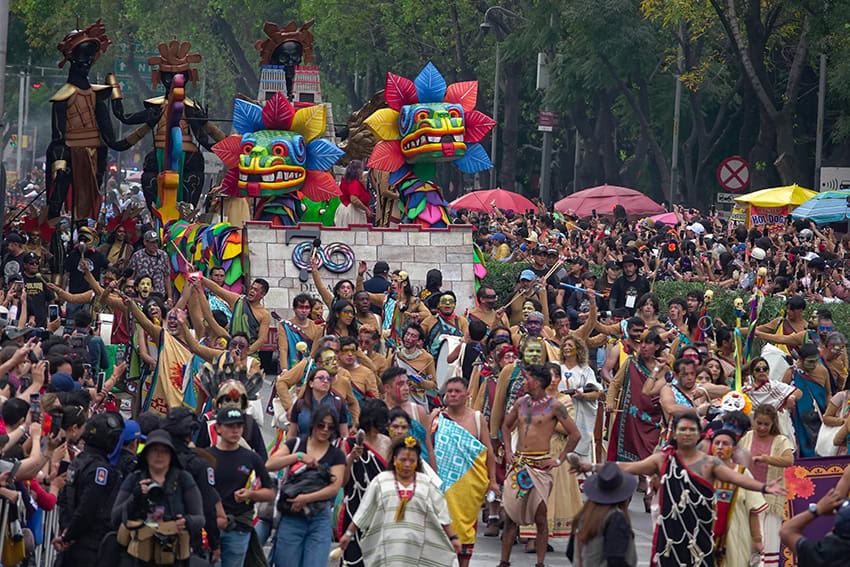
President Claudia Sheinbaum posted a message on X that featured a video describing the Day of the Dead altar on the grounds of the National Palace and included text paying tribute to Mexico’s Indigenous female ancestors.
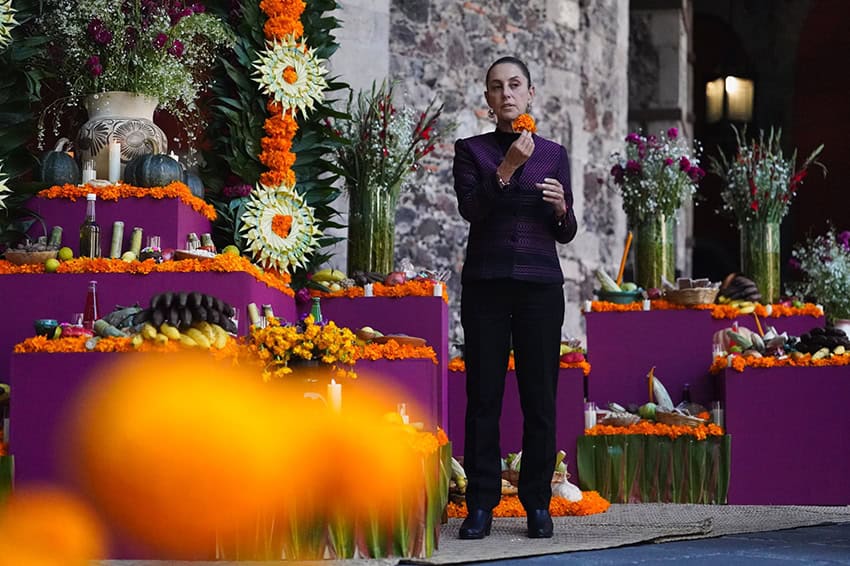
Residents of Soledad Etla, a village of roughly 3,500 people north of Oaxaca city, carried out their traditional “muerteada” (Day of the Dead celebration). Costumed residents accompanied by brass bands paraded through the town’s neighborhoods on Saturday night, dancing until dawn.
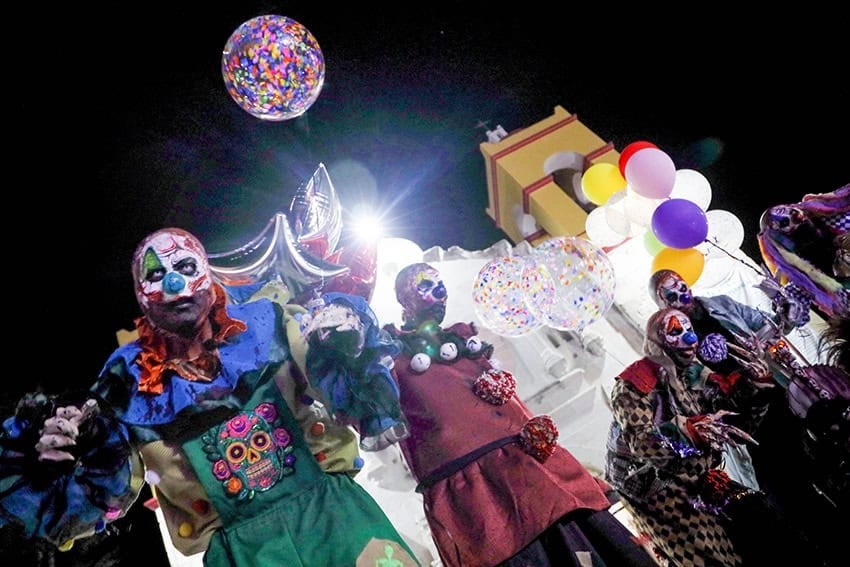
The tiny island village of Janitzio (population 3,000) sitting in the middle of Lake Patzcuaro in the western state of Michoacán has long been a popular place to experience traditional Day of the Dead rituals that date back to the time of the Purépecha, the Indigenous group native to the state.
Anoche fui a los panteones de Tzintzuntzan, Janitzio y Pacanda. Los familiares pasan la noche junto a sus muertos, entre flores, veladoras, ofrendas y música. Para alguien que creció viendo la muerte con tanta solemnidad, es increíble ver esta otra forma de honrar la vida. pic.twitter.com/NKgFqJwVFw
— Li (@algunasvainitas) November 2, 2025
The lake was illuminated with candles and butterfly-shaped nets, like an aquatic dance symbolizing the return of the souls to the world of the living, as per Purépecha beliefs.
Participants arrived to Janitzio by boat last week carrying items for setting up altars. After a candlelight procession from Patzcuaro on the mainland to the island, families spent Saturday night among the graves in the cemetery.
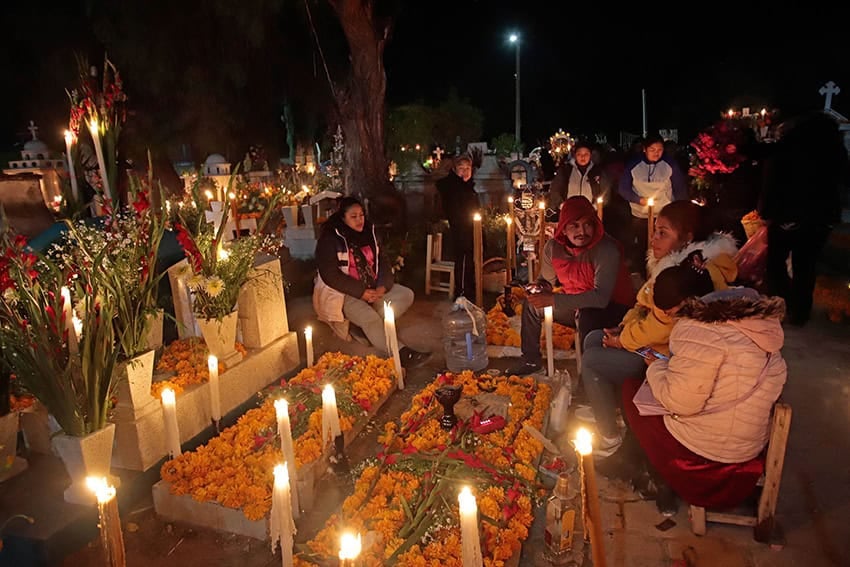
Closer to Mexico City, Malinalco residents in México state celebrated the city’s iconic “Entre Altares y Ofrendas” (“Between Altars and Offerings”) festival.
Families opened their homes to visitors and lit candles in honor of recently deceased loved ones. Visitors strolled past monumental altars dedicated to family members who passed away this year, displaying items their loved ones enjoyed in life. Visitors presented candles to provide light to the family and in return received sweets, liquor and food.

In Mexico City, a new tradition was begun with a Xoloitzcuintle dog parade on Madero Street in the Historic Center. Pre-Columbian peoples believed the hairless dog to be a guardian that helped those who died on their journey to Mictlán (the underworld). Once in the main square, the Xolos posed for photos with onlookers and showed off their best costumes.
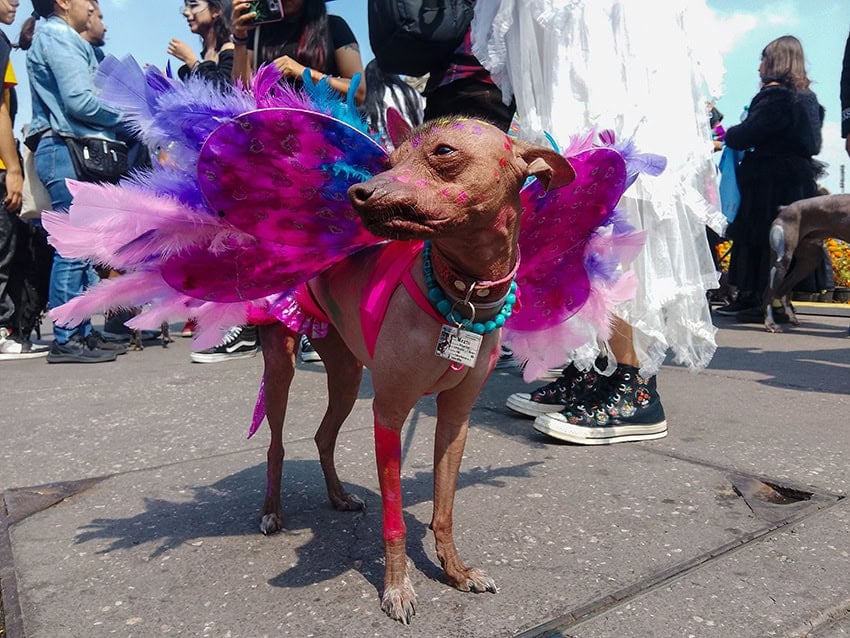
Mexico’s Day of the Dead traditions are on UNESCO’s list of Intangible Cultural Heritage.
With reports from La Jornada and El Economista
